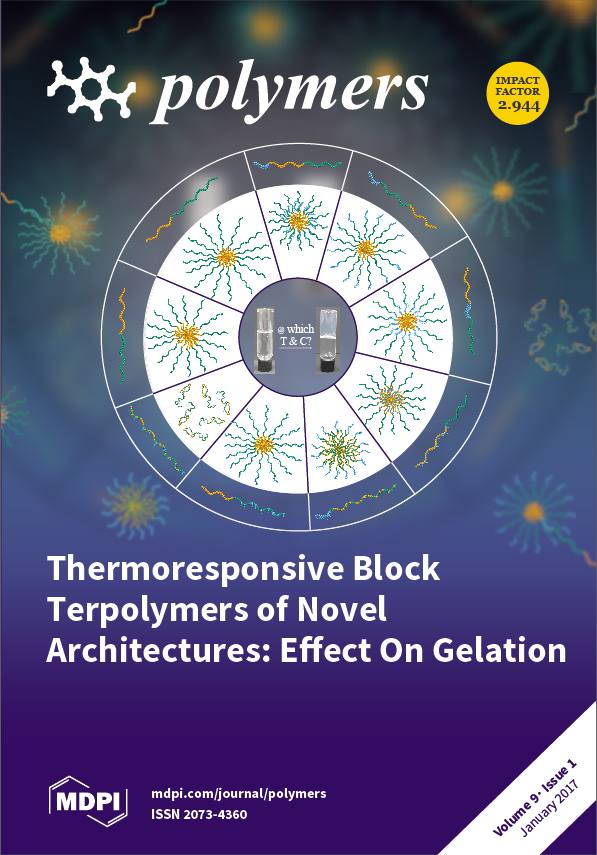Camellia sinensis, which is obtained from green tea extract (GTE), has been widely used in therapy owing to the antioxidant, chemoprotective, and anti-inflammatory activities of its chemical components. However, GTE is an unstable compound, and may undergo reactions that lead to a
[...] Read more.
Camellia sinensis, which is obtained from green tea extract (GTE), has been widely used in therapy owing to the antioxidant, chemoprotective, and anti-inflammatory activities of its chemical components. However, GTE is an unstable compound, and may undergo reactions that lead to a reduction or loss of its effectiveness and even its degradation. Hence, an attractive approach to overcome this problem to protect the GTE is its incorporation into liquid crystalline systems (LCS) that are drug delivery nanostructured systems with different rheological properties, since LCS have both fluid liquid and crystalline solid properties. Therefore, the aim of this study was to develop and characterize GTE-loaded LCS composed of polyoxypropylene (5) polyoxyethylene (20) cetyl alcohol, avocado oil, and water (F25E, F29E, and F32E) with different rheological properties and to determine their anti-inflammatory efficacy. Polarized light microscopy revealed that the formulations F25, F29, and F32 showed hexagonal, cubic, and lamellar liquid crystalline mesophases, respectively. Rheological studies showed that F32 is a viscous Newtonian liquid, while F25 and F29 are dilatant and pseudoplastic non-Newtonian fluids, respectively. All GTE-loaded LCS behaved as pseudoplastic with thixotropy; furthermore, the presence of GTE increased the
S values and decreased the
n values, especially in F29, indicating that this LCS has the most organized structure. Mechanical and bioadhesive properties of GTE-unloaded and -loaded LCS corroborated the rheological data, showing that F29 had the highest mechanical and bioadhesive values. Finally, in vivo inflammation assay revealed that the less elastic and consistent LCS, F25E and F32E presented statistically the same anti-inflammatory activity compared to the positive control, decreasing significantly the paw edema after 4 h; whereas, the most structured and elastic LCS, F29E, strongly limited the potential effects of GTE. Thereby, the development of drug delivery systems with suitable rheological properties may enhance GTE bioavailability, enabling its administration via the skin for the treatment of inflammation.
Full article






